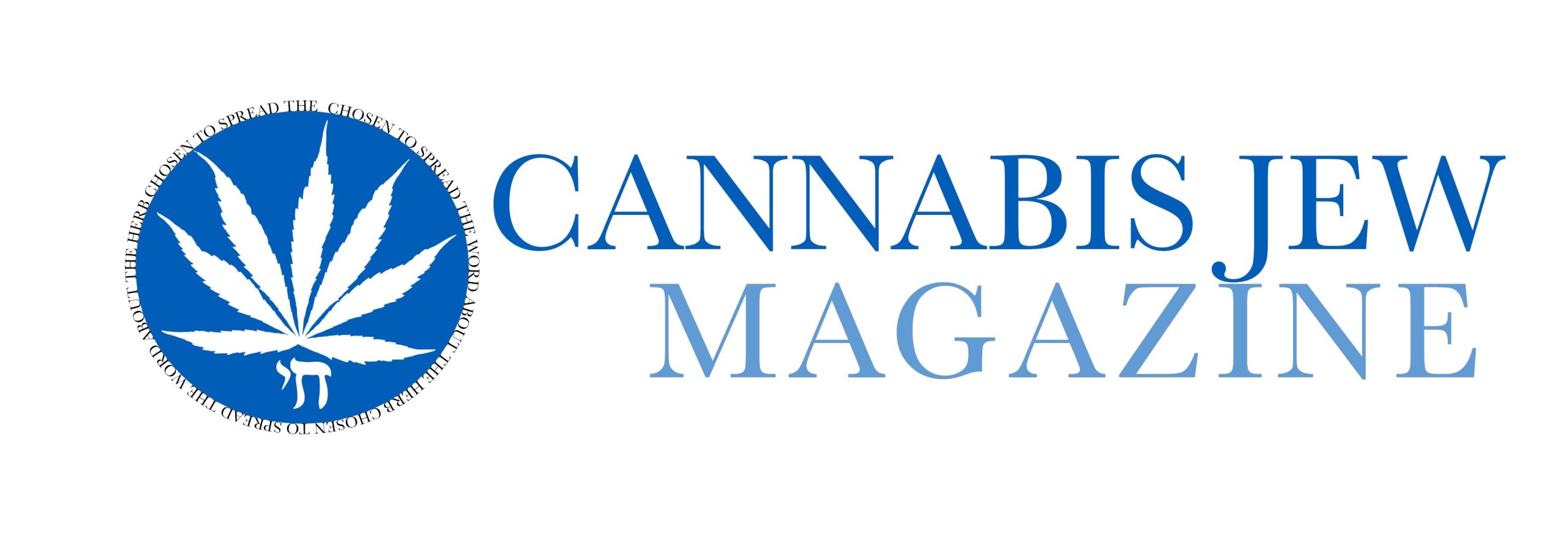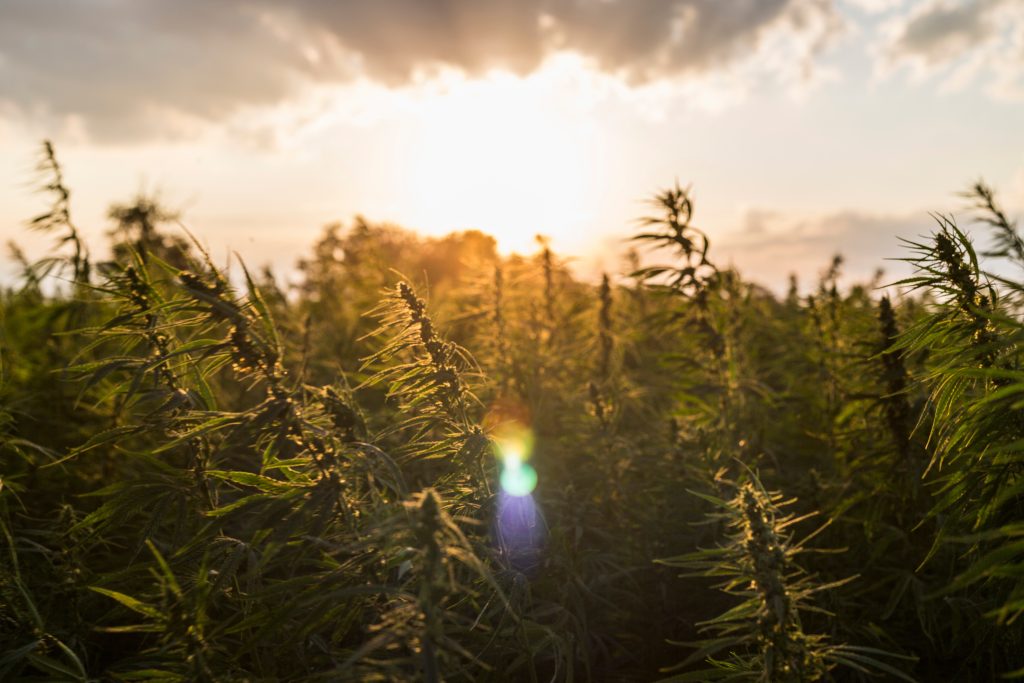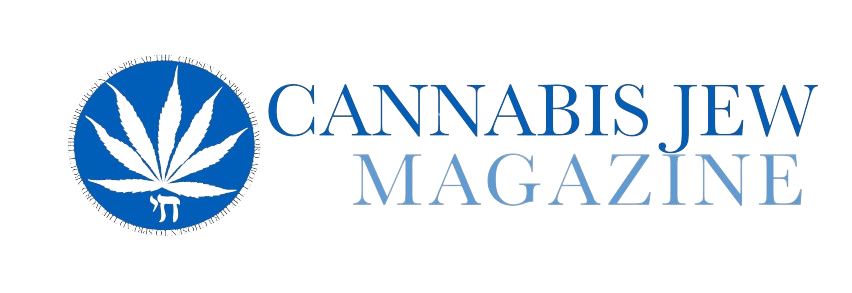“It is well known that Jews seek out cannabis.”
Be’er Hetev on the Shach
Like alcohol and oxygen, cannabis has been around for millennia from the time of Gan Eden. In fact, both the Mishnah and Gemara both mention nuances of cultivating Israeli cannabis fields in the context of the Jewish agricultural laws. In this vein, the Zohar states that all herbs have a spiritual root and cannot be mixed with others during their growth. Jews have been cannabis farmers for millennia and was a long time logical choice to avoid mixing wool and linen, forbidden in Torah.
For this reason, making tallitot from cannabis was often a first choice and thus sages of Jerusalem were often buried in cannabis shrouds, which is immune from spiritual impurities. Renowned Torah commentary, Daas Hazakenim, even posits that Yosef HaTzadik wore a cannabis robe, given to him by Pharaoh, given the fabric’s importance. They also mention cannabis as the plant behind which the spies hid before Israel conquered Jericho and beyond.
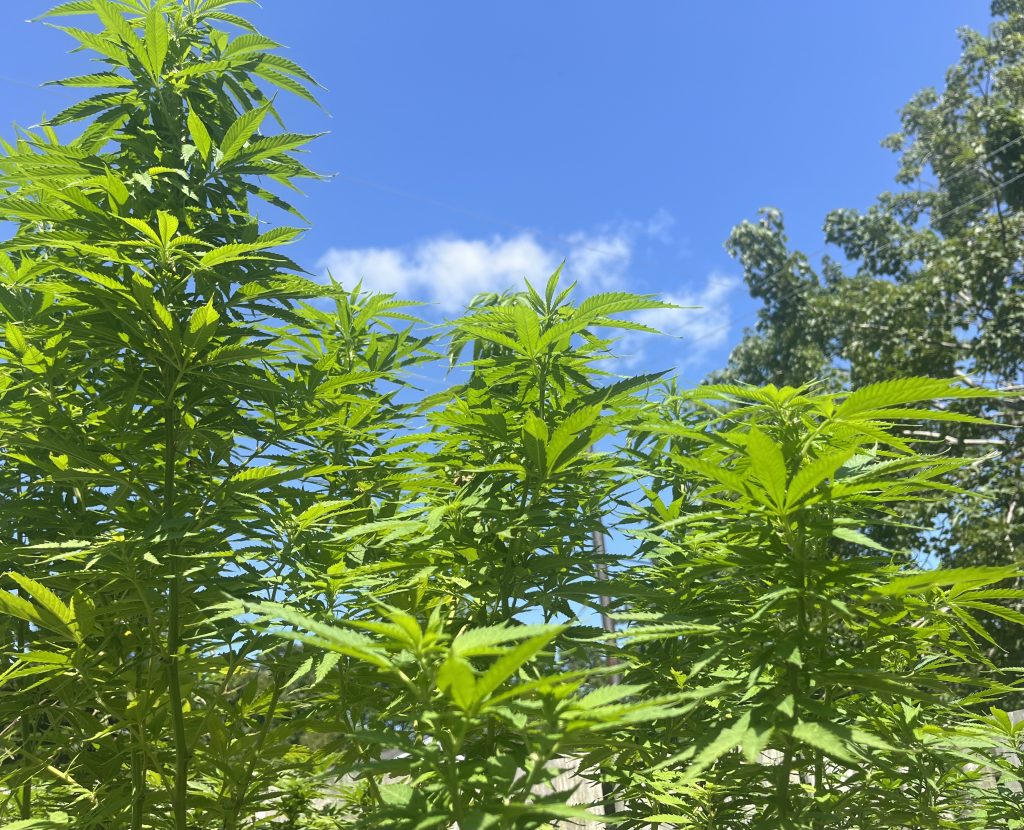
Over 900 years ago, Maimonides (Rambam), a regular cannabis prescriber, elaborates in the Mishneh Torah on this potential agricultural dilemma of mixing cannabis with vineyard produce and shared sage advice on how one separates cannabis amongst the vineyards. Yet, lest we translate cannabis as simple ‘hemp’ the Radbaz clarifies the Rambam’s Mishneh Torah, telling the Jews that cannabis leaves are often chewed in Egypt, can intoxicate, and lead to joy. Surely in the Middle East, consuming cannabis, indigenous to the region was and is not uncommon, particularly in the Muslim world where alcohol is forbidden. Hashish (concentrated cannabis resin) is not.
The Rambam perhaps didn’t know that the body has a system of cannabinoids called the endo-cannabinoid system ready to act on cannabis and/or the endogenous cannabinoid anandamide. The Rambam also may not have known that the cannabinoid receptor system is the largest receptor system in the entire body, affecting everything from pleasure, to lowering eye pressure, to lowering blood pressure to improving breathing. Yet he knew it was effective for upper respiratory issues. Jerusalem’s Professor Rafael Meschoulam z”l, who studied the plant from the 1960s until his recent passing thrusted the Rambam’s recommendation and Israel into the most robust medical cannabis research industry in the world.
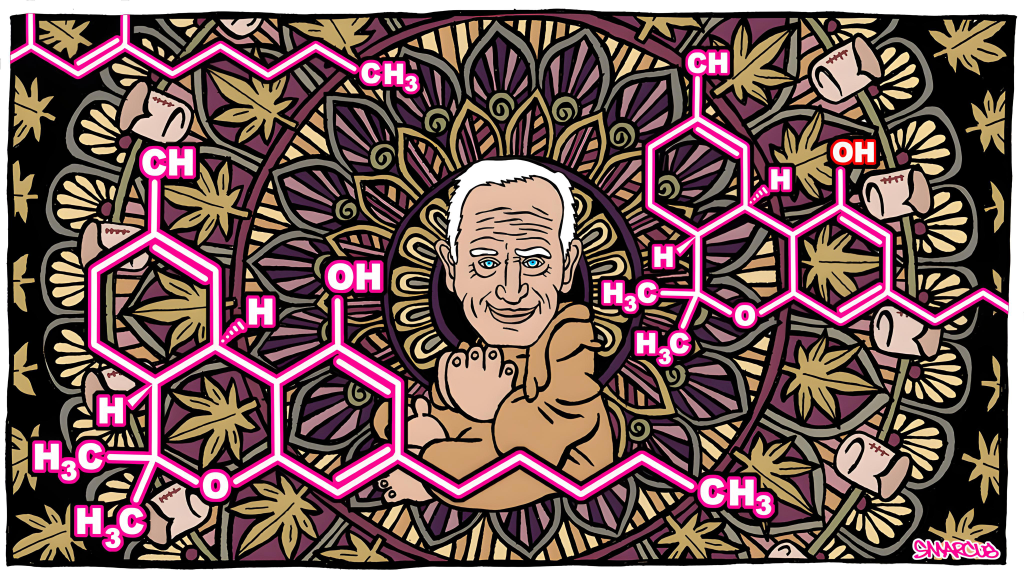
But just because the Mishnah Berurah says that cannabis wicks should be used first and foremost for Shabbat candles, does not give carte blanche to use cannabis as a wanton recreational drug. No drug is a game and all drugs can be lethal or damaging. Our sages appear to have allowed it use in the right context, however and it may even have a place in the realm of a spiritual refuah, if prescribed in a holy place and at a holy time.
Using smoked herbs as a spiritual conduit is an ancient lost Jewish healing art which was ritualized in the original Temple. In fact, the main ritual of all Judaism was to burn medicinal plant based incense on the Temple Mount twice a day. The purpose of the incense ceremony (ketores hasamim) was not only to spread a purifying smell, but to serve as an entheogen–a conduit for awareness of the absolute ineffable unity of the light of the Infinite. Our sages tell us that the sacred herbal incense consisted of 11 entheogens. Their role was to purify and repair the soul by the smell of smoke which was described as producing joy.
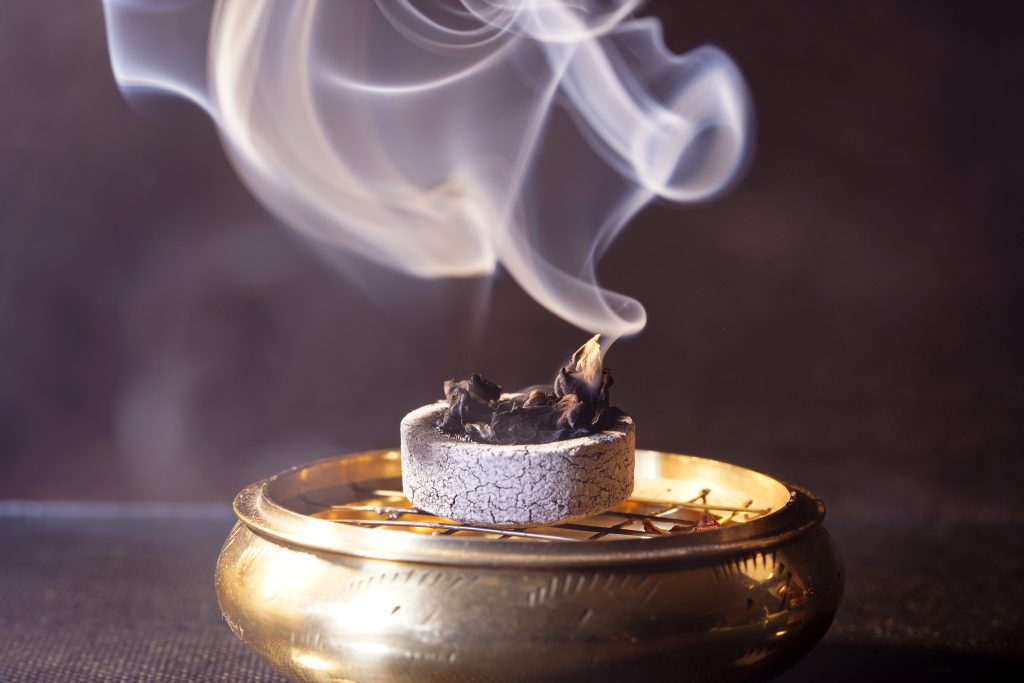
Jewish priests (Kohanim) would light the incense twice a day and kept three special portions for Yom Kippur. The smell was a cause of unmitigated joy and spiritual oneness, which included a special smoke raising herb (maaleh ashan). The smoke raising herb caused the pillar of cloud to rise directly to create a connection between the Jewish people and connected her to the Infinite Oneness—similar to the Mount Sinai experience. During Sinai, the Jews were unusually connected to each other and were penetrated by Infinite Unity under the Clouds of Glory which consisted of smoking medicinal plants that suddenly sprouted on the mountain.
Without the cloud pillar of healing smoke both on Mount Sinai and later on the Temple Mount, there would be only a vague connection between Jews and the Infinite Creator. For that matter, the smoking plants played a major role as an entheogen. The pillar was a key to Israel serving the Infinite as the ultimate vessel. To this day the smoke raising herb’s identity is hidden, but what we do know is that it was a source of tears of joy according to the Babylonian Talmud (Yoma 16:2).
Was cannabis the secret herb of the original Jewish spiritual incense, given its known physical and spiritual effects? It is still not clear but our task may be to deeply understand that the smoke of the past is the key to open the doors of true joy, peace and unity in Israel and the world. May we return to burn the original healing incense in the exact and original prescription very soon.
